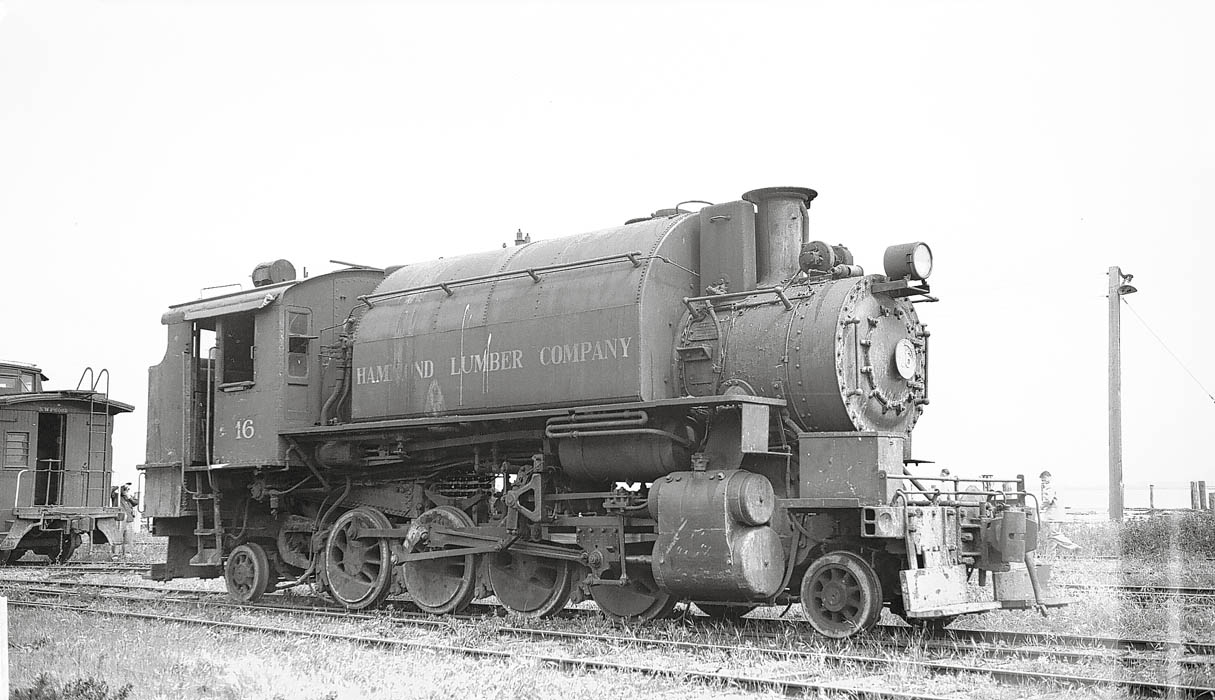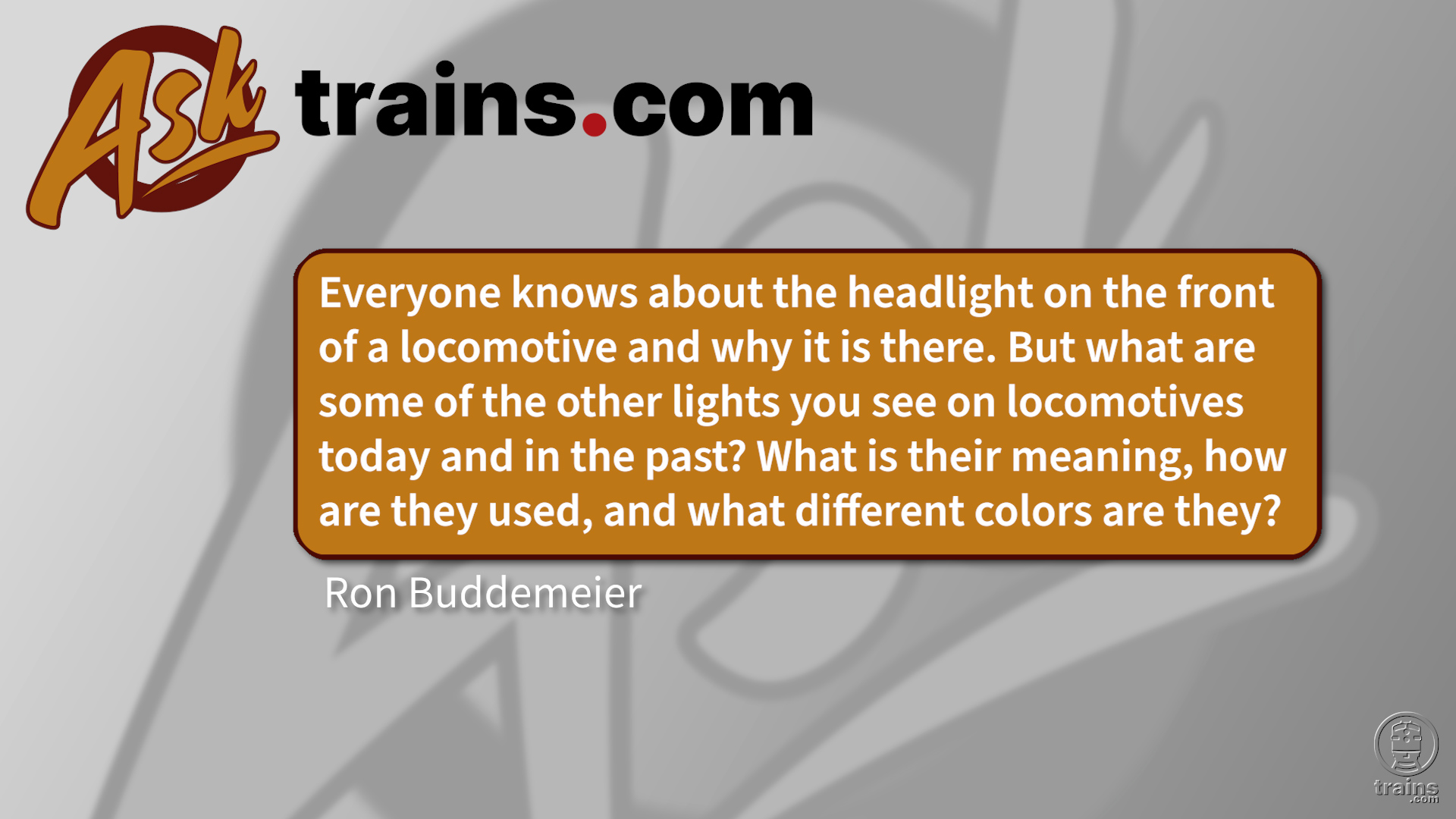A The primary purpose of the smokebox on any steam locomotive is to enable the cylinder exhaust to exit the locomotive. At the same time the hot vapors from the firebox are drawn through the boiler tubes to both give draft for the fire and to enable the tubes to heat the water in the boiler.
The dimensions of a smokebox on any given locomotive are designed to create the most efficient drafting of the exhaust and the hot vapors from the firebox. Coal-burning engines often had longer smokeboxes than oil-burning engines due to railroads using various types of coal. Some soft types of coal did not burn as hot as harder coal and thus there was a need to increase the drafting of the smokebox to create a hotter fire in the firebox.
Many times, crews would find that a certain locomotive was not a good steaming engine because it did not appear to draft well. In those occasions it was not unusual for the railroad’s shop workers to redesign the smokebox. On other occasions, if an engine was superheated, the shop may need to add length to the smokebox to give room for the superheater header and pipes.
The railroads that were most likely to modify smokeboxes on their locomotives were those that bought engines secondhand from other lines. Such railroads may vary in operating terrain from which the secondhand engines were originally designed to handle and may, especially in the case of logging railroads, change the type of fuel used in a locomotive.
At the turn of the 19th century, it was not unusual for mainline railroads to modify smokeboxes to increase their drafting abilities. This often coincided with changes in the fuels used. Such railroads tended to have their locomotive designs set by the 1920s and few roads altered the smokeboxes on new engines they bought after that time. – Martin E. Hansen














Cinders landed in Smokebox by a Diagonal netting put there to catch much of the cinders. This required opening the smokebox door occasionally and cleaning out those cinders
very interesting never knew why the difference in stacks. I do know what balloon and diamond stacks look like but had no idea why
A question I have had for years is how much cinders landed in the smokeboxes in North American steam locomotives. I know in Great Britain, men were employed the dirty task of emptying locos smokeboxes as a daily routine. I have heard that on the Union Pacific, because they used a form of lignite coal, they used longer smokeboxes. True?
Another reason for different size smokeboxes was for spark arresters. Woodburning locomotives generally had spark arresters in their stack, and had short smokeboxes. Some coal burners also had spark arresters in the stack (and had short smokeboxes), but others had the spark arresters in the smokebox – and had straight stacks. As an example, the two locomotives at Promontory in 1869 illustrate this. Central Pacific #60 Jupiter was a wood burner, with a large funnel stack (with spark arrester) and a short smokebox. Union Pacific #119 was a coal burner, with a large smokebox (which included the spark arrester) and a straight stack. Oil burners did not need as much of a spark arrester, and often had intermediate size smokeboxes – and straight stacks.